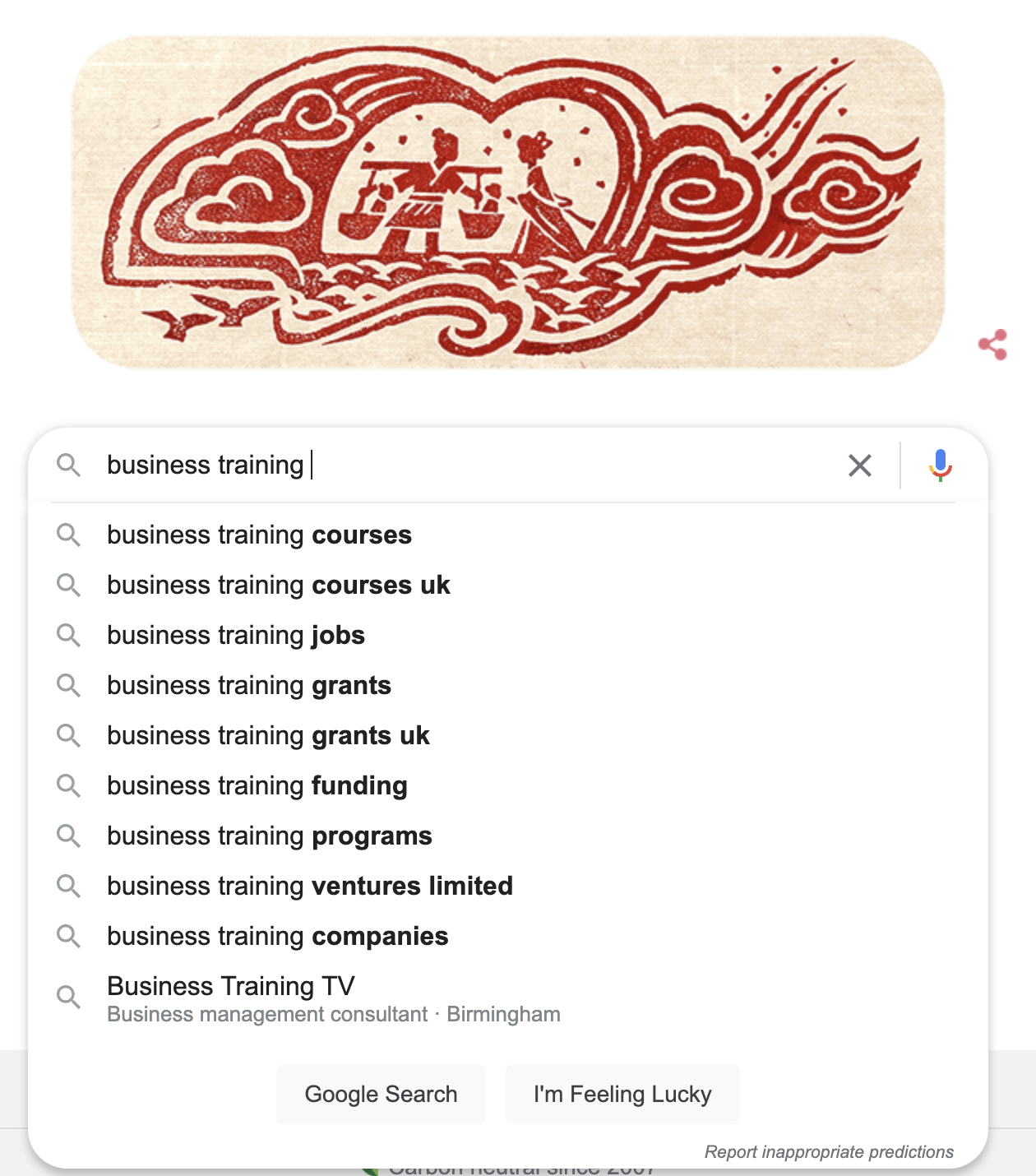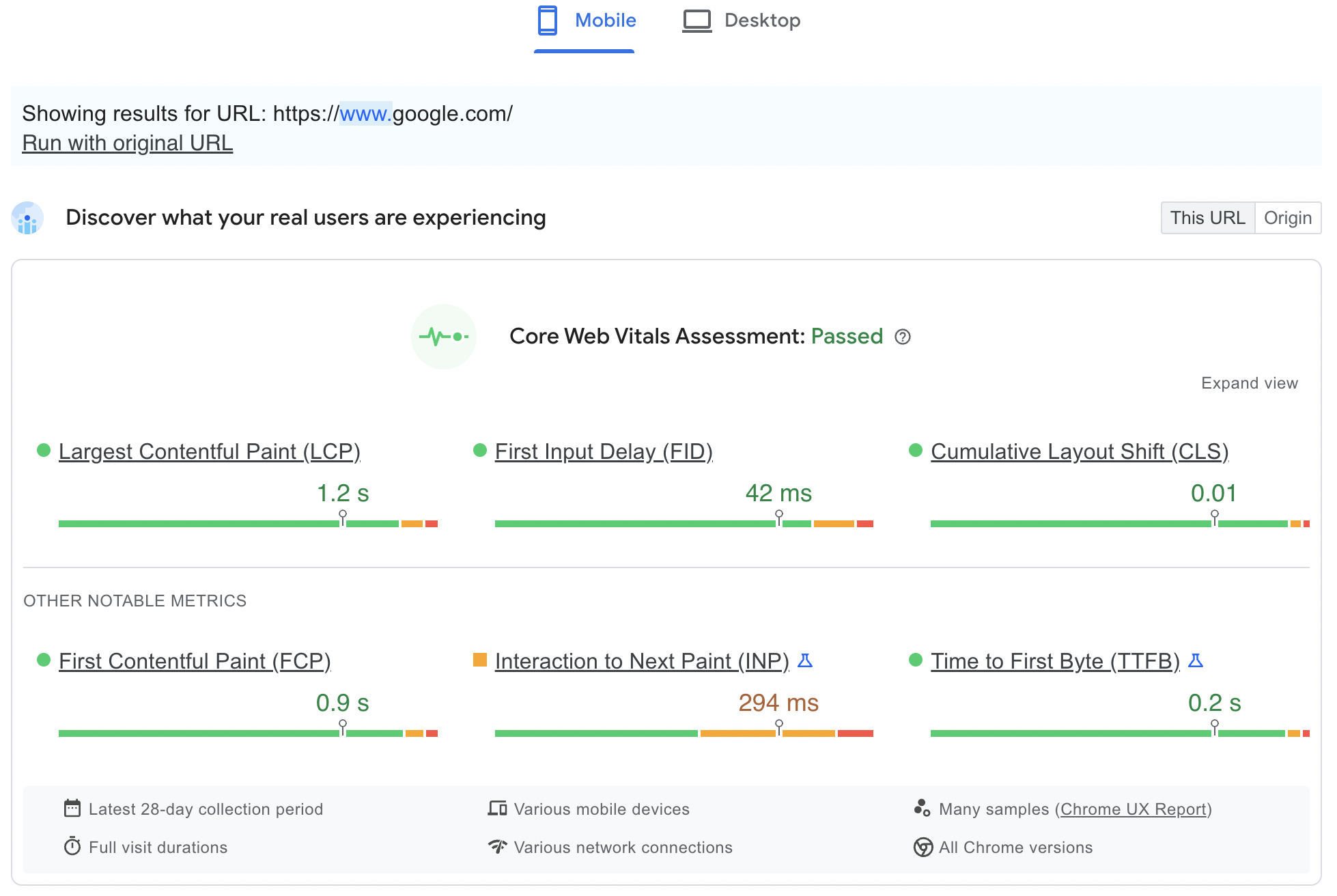04 Aug 2022
7 Reasons Your SEO Strategy is Failing
Is your SEO campaign no longer driving the results you want? Are your rankings floating on the cusp of page two or below? It’s time to revamp your SEO approach.
SEO is one of the most effective ways to drive traffic. However, it’s become more challenging over time.
With increased competition, more content than ever and a constantly evolving algorithm, there are many reasons why your SEO strategy could be failing. In 2021 alone, there were 14 Google Algorithm updates, four of which were core updates.
Not only that, we have pretty much reached a peak audience. Think about it, monthly search volumes are not dramatically increasing, nor are the number of users on search engines, but there are 2.5 quintillion bytes of data created every day.
Here’s a glimpse of how this translates to real-life data:
- 2 million LinkedIn posts published daily
- 6 million blog posts are published every day
- 95 million photos and videos are shared on Instagram daily
It’s hard to stand out.
SEO is a marathon, not a sprint. If you identify your barriers and put in the work to rectify any concerns, it’s never too late to boost your SEO.
We’ve compiled 7 common reasons why your SEO might be in jeopardy and how to fix them:
You started with a weak keyword strategy
Without detailed consideration at the first stage of keyword research, your SEO campaign is destined for issues further down the line. For it to be effective, keyword research has to be part of an overall strategy and not done in isolation. Your research should also focus on topic clusters instead of individual keywords.
Here are some fundamentals steps of a keyword strategy where oversights often happen:
Keyword research
People often start keyword research blindly, but this will almost certainly end in an SEO fail. Before sprinting to SEMRush – or your chosen keyword tool – consider your company’s mission and define your SEO goals; how is your business unique? Who is your desired audience? What is the end goal?
This foresight will help you to choose powerful seed terms…
Predefining the wrong seed terms
Predefining weak seed terms – or none at all – is a common failure of keyword research. To discover fruitful terms, think with the mind of your audience; what language do they use to search for your product? What are their problems or needs? How does your service offer solutions?
When selecting seed terms, remember there is no such thing as too many, as long as they are highly relevant. The more search terms you start with, the more comprehensive your keyword research will be.
Focusing on overly competitive keywords
When creating web pages and choosing target keywords, high-ticket terms with lots of search volume may look irresistible. But, if your market is over-saturated, trying to rank for these keywords could be a losing battle. Instead of honing in on volume, be creative with longer-tail keywords to get those position one rankings.
Hint: almost 70% of all search queries have four or more words.

Keyword stuffing
Keyword stuffing is an outdated SEO strategy that will ruin your campaign and one to keep in mind when copywriting body text, title tags or metadata. This old manipulation tactic looks spammy and creates a bad user experience. If Google finds stuffing on your website, you will be penalised, and your rankings will be affected. Instead of trying to fool Google, focus on creating rich, high-value content that flows naturally and only uses keywords sporadically and in context.
Keyword stuffing can look like this:
- Blocks of text listing towns or cities that you want a webpage to rank for
- Lists of phone numbers without context or significant added value
- Repeating the same keyword or phrases that looks spammy, for example:
“We sell custom women’s leather handbags. Our custom women’s leather handbags are handmade in the UK. If you want to buy a custom women’s leather handbag, contact our specialists at custom.leather.handbags@example.com.”
Not including outbound links
Although we know outbound links positively impact rankings, there is still a common myth that outbound links dilute the “link juice” of a piece of content. Marketers, this is a poor approach to SEO! If you’re guilty, this might be causing your slow SEO. Include a few outbound links to authoritative sites in every published piece of content. Outbound links enhance the user experience and improve your SEO simultaneously.
Creating a page for every keyword
Although there isn’t necessarily a thing such as too many web pages, the deciding factor is why are you creating that new page? Each landing page on a website should be a “quality” page and add value to the user, meaning it should be:
- Relevant
- Detailed
- Specific
- Informational
- Significant
- Readable
If you create pages purely for the sake of rankings, this is where problems arise, and you could damage your overall domain authority. Thankfully, RankBrain and Hummingbird have now prioritised search intent. Focus on topic clusters for rankings instead of keyword variations. For example, “orange widget length” and “orange widget size” have the same search intent, so these terms don’t need separate pages.
Another concern of too many landing pages is keyword cannibalisation.
You’ve fallen victim to keyword cannibalisation
Keyword cannibalisation occurs when more than one web page targets the same keyword and intent. One page will hinder the other’s ranking potential and thus leading neither to perform well in SERPs. Cannibalisation typically occurs more with blog posts that target the same keyword and have the same focus. Even for posts published years apart, if they contain the same keyword in the title, in the metadata and sprinkled throughout the content, this will trigger cannibalisation.
However, two pages with similar keywords can live in peace on the same website if they have different search intentions.
No central content or topic cluster strategy
The audience needs a persuasive and exciting reason to visit your website. Instead of solely focusing on an SEO approach to gain rankings, develop an authoritative strategy and content roadmap that answers questions and adds value to potential clients. What could possibly go wrong?
You have optimised for individual keywords, not topics
If you’re optimising content for individual keywords instead of topics, you could be doing more harm than good. SEO is shifting to a topic cluster model, which should be the main consideration when crafting your B2B content strategy.
The topic cluster model has three integral components:
- One pillar page
- Multiple detailed cluster pages
- Strategic inter-topic internal linking
The internal linking alerts Google that the pillar page is an authority on the topic, enabling the page to keep ranking higher for the topic it covers. The topic cluster model is continually maturing, leaving no place for random and individual keyword targeting in any effective content strategy.
You’re creating thin or low-quality content
SERPs rankings shouldn’t be your motivation for writing content. Your writing should have a purpose, answering the audience’s pain points and adding genuine value to their experience. Since the release of Panda, Google penalises ‘thin content’, and prioritises content that satisfies user intents. Carry out an audit of the content of your website and re-optimise any vague blogs, guides or landing pages with your user in mind.
Short content is also a cause for concern. A previous Searchmetrics’ Ranking Factors report found the top-ranking content is 1,100 to 1,300 words in length. If you frequently produce short-form content, you might have found the reason for your poor SEO results. Focus on creating ultimate pieces of content of 1,100 words or more, but the content quantity should never surpass quality.
There is a poor internal link strategy
Internal linking is still necessary for SEO, but only when done right. Without thought behind your internal linking strategy, it could be hindering your SEO progress. Some marketers will even tell you it’s
better not to have any linking strategy than to have a spammy one. Regularly review and remove broken links, don’t overkill your content with too many on one page, and ensure anchor text leads to appropriate and highly relevant content.
Not re-optimising existing content
Remember that blog you wrote two years ago that used to rank well, but now it’s fallen into the abyss? It’s not too late for a resurgence. Re-optimising existing content with updated recommended keywords and refreshing the metadata or page headings can add a new lease of life to your website and revive some lost rankings.
Sub-optimal website UX
Google’s algorithm has always considered user experience, but now it’s an SEO priority rather than an afterthought. Google favourably ranks websites relevant to user queries and ones that create a positive user experience.
Building a website that people enjoy with great functionality is a rudimentary way of gaining popularity with users and earning good search performance. From increasing page views, boosting conversion rates, and attracting inbound links, there are no negatives from focusing on enhancing user experience.
Your site is not mobile-friendly
More than half of global web traffic comes from mobile devices. In the second quarter of 2022, 59% of web traffic worldwide came from mobile devices – excluding tablets!
Mobile traffic hit the 50% mark in 2017 before surpassing it in 2020. With this set to continually increase, not having a responsive website means cutting off half of your potential audience.
But what does this have to do with SEO?
In 2019, a Google algorithm introduced mobile-first indexing. Google now predominantly uses the mobile version of a website for its indexing and ranking, meaning an unresponsive website would impede your search performance.
You’re not using data and analytics to improve your SEO
Analytics and data provide the best insight into whether your current SEO strategies are working or not. If you overlook the analytical side of SEO, you miss opportunities for new content, and ways to increase traffic and boost Google rankings. Technical SEO concerns will also go unnoticed.
A deep dive into data allows you to create a customer-centric and data-driven SEO strategy. If you fail to frequently monitor and review data from digital marketing tools such as Google Analytics, SEMRush and Search Console, you will never hit peak performance.
Backlinks are an afterthought
Some marketers believe that if they create amazing content, the backlinks will come to them – this is not the case. Every piece of content you produce should have an intentional link-building plan. Create reputable content that influential sources want to shout about, and make sure they know about it through a comprehensive outreach plan.
Penguin assesses backlink profiles and ranking adjustments in real-time, and it is now part of Google’s core algorithm. With backlinks being more scrutinised and temperamental than ever, placements need more careful consideration.
The presence of toxic backlinks
Originating as a back hat SEO tactic, Google penalises any website caught using toxic backlinks as an unethical attempt to gain higher rankings. If you discover these links pointing to your website, remove them promptly. The best way to manually remove toxic backlinks is by submitting a disavow file.
A bonus of the Penguin rollout is that disavow files are now recognised and applied in real-time for both additions and deletions. Remember to audit your disallowed file to check you haven’t accidentally disallowed an entire domain instead of a specific page.
Your content promotion strategy is poor
WorldOMeters blog post counter claims over six million blog posts are published daily. With such volumes of content distribution, you should exhaust every avenue to promote your work, including via social media.
Although social media and SEO ranking don’t directly correlate, repurposing your content on LinkedIn, Twitter or Instagram can increase brand exposure. There are a few other ways in which social media promotion can slightly influence your SEO:
- Vast content distribution
- Increase content lifespan
- Boost online visibility
- Increase brand recognition
- Improve brand reputation
- Boost local SEO
CognitiveSEO analysed 23 million social media shares on different platforms and found a subtle link between social shares and SEO. User engagement on social posts helps signal Google to rank your website.
There are too many technical SEO issues
Your website could have all the great content in the world, but if your site is awash with technical errors, your SEO campaigns will only be running at half capacity. Many technical alerts can send your SEO rankings plummeting, but a few more are more impactful than others:
Your website has failed its Core Web Vitals test

At the start of 2020, Google revealed that page experience signal is an organic ranking factor, and the algorithm would measure defined metrics to gauge UX:
- Mobile-friendliness
- Safe browsing
- HTTPS
- Content accessibility
Later that year came the announcement of Core Web Vitals, adding the following page experience signals:
- Largest Contentful Paint (LCP) – measures loading time
- First Input Delay (FID) – measures time to interactive (responsiveness)
- Cumulative Layout Shift (CLS) – measure visual stability
Auditing your Core Web Vitals should be part of your weekly KPI reporting. Without doing so, your website is at risk of unnoticed technical errors. The best way to check your CWV is through Google Search Console or Page Speed Insights.
Google rewards sites that pass the Core Vitals test with a ranking boost. So if your web pages aren’t optimised, you will be left behind while your competitors make their way up the rankings.
Rankings aside, sites with optimum page speed also benefit from more traffic, more page views and higher conversion rates.
Not submitting an XML sitemap
An XML sitemap is no longer 100% necessary, but don’t be fooled into thinking it’s obsolete. Google finds and indexes content pretty well, but fully functioning sitemaps make it easier for Google to prioritise which pages to crawl, helping to speed up the process and reinforce your rankings.
If you have a WordPress site, use the Google XML Sitemaps plugin to do the work automatically. For non-WordPress sites, upload your XML sitemap on Google Search Console.
Unfixed crawl errors
If you haven’t been tracking your crawl errors, don’t be surprised when your site starts to reap the consequences. If this is you, head to SEMRush or Google Search Console immediately to see where you stand.
After bypassing error fixes for a while, it can be hard to know which to prioritise. The four crawl errors that you should pay most attention to are:
- 404 errors
- Broken internal links
- Redirect chains
- Duplicates – metadata, title tags, content
If Google has crawled your website and discovered a bunch of UX-based errors, it will prioritise a competitor site that has similar content but with no or fewer errors.
Undiagnosed errors will also impact the crawlability of your website, potentially leaving chunks of your website not crawled. If you’ve been neglecting your Search Console, this is a likely culprit for any decline in rankings or poorly performing content.
SEO marketing isn’t a quick fix. It’s an investment in your brand, enabling you to achieve sustainable growth and be a trusted voice in your industry.
If you’re struggling to get your SEO campaigns off the ground, or their success is depleting, get in touch to see how we can help configure your campaigns with an SEO audit, or some expert hands working on your digital marketing strategy.






